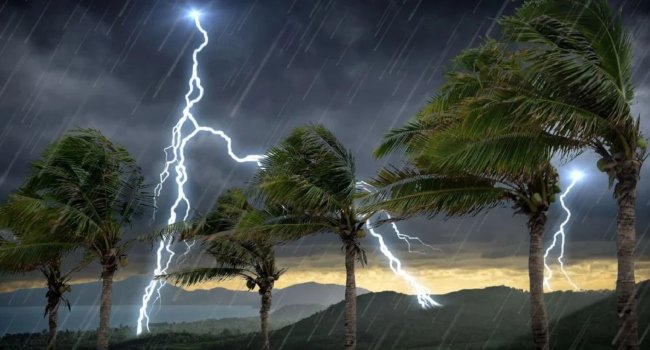Virus Reaches New Regions
The World Health Organisation (WHO) on Tuesday sounded an urgent alarm to prevent a repeat of the devastating chikungunya epidemic, warning that the mosquito-borne virus is now spreading into new regions, including African countries such as Madagascar, Somalia, and Kenya.
The virus has also shown epidemic transmission in Southeast Asia, including India, raising fears of widespread outbreaks.
What is Chikungunya?
Chikungunya is a viral disease transmitted mainly by Aedes mosquitoes — the same species that spread dengue and Zika viruses.
The name ‘chikungunya’ comes from a word in the Kimakonde language, meaning “to become contorted,” describing the stooped posture of sufferers due to severe joint pain.
The infection typically causes sudden high fever, rash, headache, muscle pain and debilitating joint pain that can last for weeks, months, or even years.
There is no specific treatment or vaccine, so prevention through mosquito control, use of insect repellent, and wearing protective clothing is vital.
Europe Reports Local Transmission
Speaking at a briefing in Geneva, WHO medical officer Diana Alvarez cautioned that an estimated 5.6 billion people in 119 countries now live in areas at risk of chikungunya.
“We are seeing history repeating itself,” Alvarez warned, recalling the 2004–2005 epidemic that infected nearly half a million people before it spread worldwide.
The current surge, which began in early 2025, has already caused major outbreaks in the Indian Ocean islands of La Reunion, Mayotte, and Mauritius — the same regions badly hit two decades ago.
Alarmingly, Alvarez revealed that continental Europe is now seeing local transmission. France has reported around 800 imported cases and twelve local transmission episodes since May 1, while Italy confirmed a case last week.
“These local infections mean the virus is now being spread by mosquitoes within Europe, not just by travellers returning from endemic areas,” she stressed.



